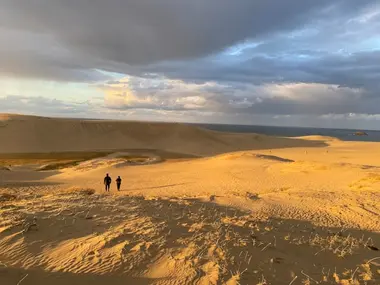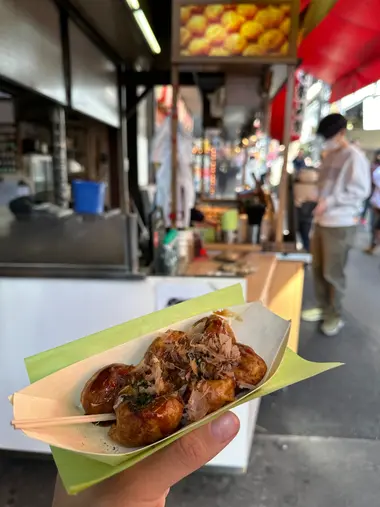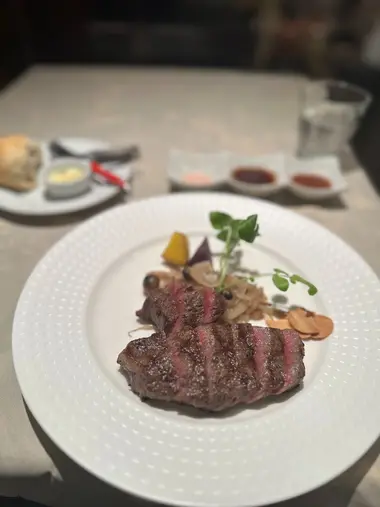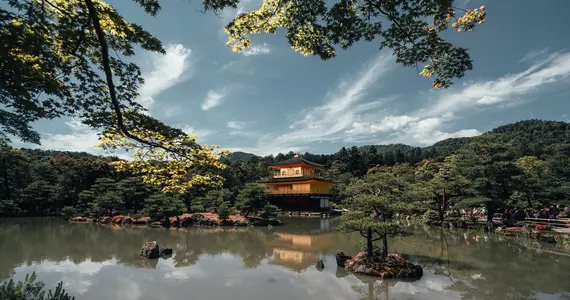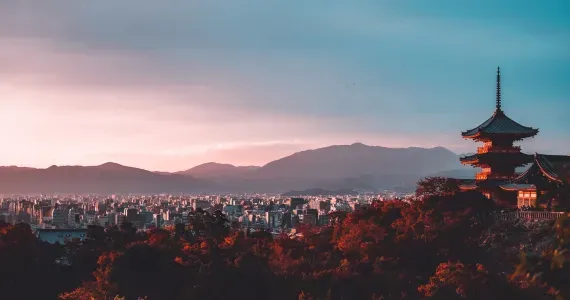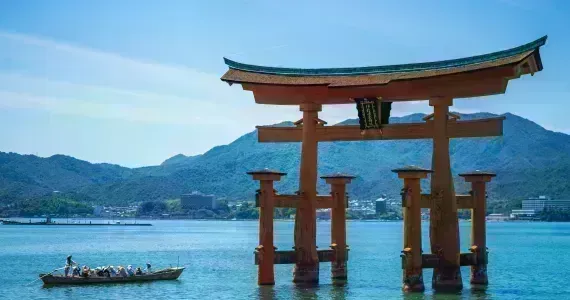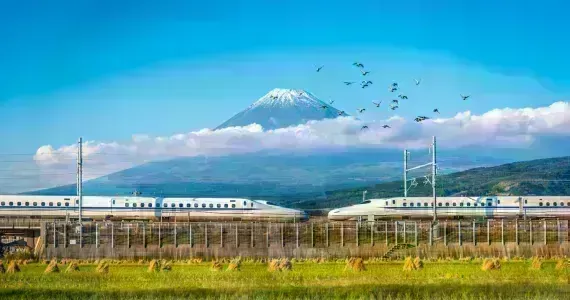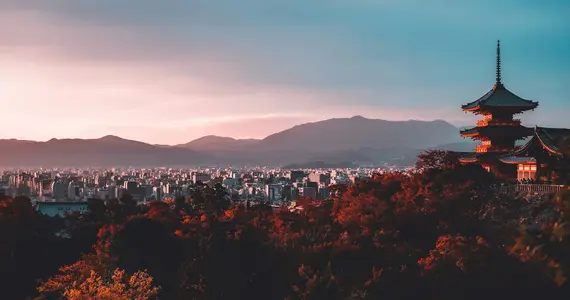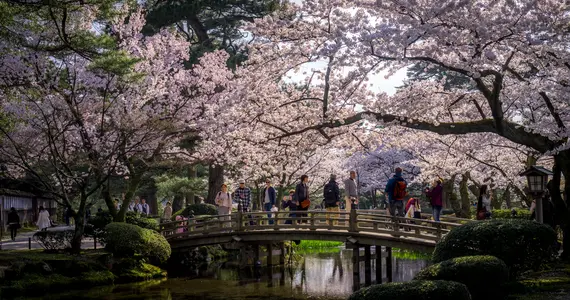Discovering the wonders of West Japan: A comprehensive travel guide
If you're looking for a region of Japan rich in history, culture and natural beauty, look no further than West Japan. Considered the cradle of Japanese culture, this area is home to iconic sites like the floating torii gate of Itsukushima Shrine, the majestic Himeji Castle, and the ancient capitals of Nara and Kyoto. While planning a trip to West Japan does come with some challenges like the language barrier, getting around, and choosing what to see, rest assured this guide will provide all the key information you need to plan an amazing journey through this captivating part of Japan.

©Ishikawa Prefectural Tourism League - ©Courtesy of Hiroshima Prefecture - ©Hyogo Tourism Bureau - ©Fukui Prefecture Tourism Federation - ©Okayama Tourism Federation
Discover the must-see towns and villages of Western Japan
Cities to visit in Western Japan:
- Kanazawa, a protected town where the footsteps of the samurai still echo.
- Fukui, a small fortified town just a stone's throw from the Sea of Japan, with an astonishing museum dedicated to dinosaurs.
- Himeji and its spectacular medieval castle, which has stood the test of time and war.
- Kinosaki is one of Japan's most beautiful spas with numerous onsen, natural hot springs.
- Tottori and its famous dunes, a sandy desert on the Sea of Japan.
- Okayama with its castle-turned-museum and, above all, its traditional Japanese garden.
- Yamaguchi is a crossroads city with a rich multicultural history.
- Hiroshima is a city that has risen from the ashes to become a global symbol of peace.
- Shirahama is one of Japan's most popular seaside resorts, on the coast of the Pacific Ocean.
Immersing yourself in West Japan's history and heritage
Himeji Castle is a spectacular medieval fortress and one of only a few original castles remaining in Japan. This sprawling complex with its bright white walls and elegant lines is truly a sight to behold. In Kyoto, don't miss the chance to explore some of the ancient temples and shrines like Kiyomizudera and Fushimi Inari Shrine with its tunnel of red torii gates.
For a glimpse into samurai culture, head to Kanazawa to walk in the footsteps of these ancient warriors in the well-preserved Nagamachi district. The Kenrokuen Garden here is also one of Japan's most famous and beautiful landscape gardens. To experience traditional rural life, visit the centuries-old thatched roof farmhouses in the UNESCO-listed villages of Shirakawago and Gokayama.
Admiring the region's breathtaking nature and landscapes
West Japan boasts some of the country's most stunning natural landscapes. The Seto Inland Sea is dotted with hundreds of islands, several of which have become outdoor art museums with stunning sculptures and installations. Naoshima Island is the most famous, but the lesser-known Teshima and Inujima are also well worth visiting.
Tottori Prefecture in the Chubu Region of West Japan, is famous for its sprawling coastal dunes, an especially interesting site during the winter. It’s during these colder months when stark white snow contrasts with the golden sands, making a truly one-of-a-kind scene that must be viewed in person to believe! Also what must be seen to be believed are the camels that can be ridden around the dunes during the warmer months!
For a relaxing hot spring getaway, head to Kinosaki Onsen, one of the country's most picturesque onsen towns. And if you're up for an adventure, consider hiking the Tateyama Kurobe Alpine Route through the "Northern Alps" of Toyama prefecture. Toyama is also home to Tateyama, one of Japan’s holy mountains, alongside Hakusan in Ishikawa and the venerable Mount Fuji. The scenery of the prefecture is the perfect backdrop to the area’s laidback atmosphere.
One of the great joys of traveling in West Japan is experiencing its incredible regional cuisine. Osaka is considered the food capital of Japan, so be sure to come hungry and sample as much of the local fare as you can! Dishes like kushikatsu (deep-fried skewers), takoyaki, and okonomiyaki are must-tries.
Other local specialties to look out for include Kobe beef, prized for its melt-in-your-mouth flavor and texture; Hiroshima-style okonomiyaki, which is layered rather than mixed; and unique ingredients and dishes in each area you visit. Sampling the local cuisine is one of the best ways to immerse yourself in the culture!
Of course, Japan and seafood go hand-in-hand, and the amazing array of delicious fish and shellfish options in Fukui cannot go unnoticed. Echizen Crabs from Fukui are sought after by established restaurants all over the world. Trying them right at the source, especially during the colder months, is a treat that any foodie should trek out for.
Planning your West Japan trip
The best times of year to visit West Japan are spring (March to May) for cherry blossom viewing and pleasant temperatures, and fall (September to November) for stunning autumn colors and mild weather. Summer can be very hot and humid, while winter brings colder temperatures and snow in some areas.
Of course, Japan’s extensive train network will be the key to getting around, and a ticket for the Shinkansen acts as a ticket to West Japan as a whole. The Tokaido-Sanyo Shinkansen can take travelers all the way to Fukuoka on Kyushu while passing key destinations on the way, and the Hokuriku Shinkansen goes across Honshu out to the Japan Sea Coast.


